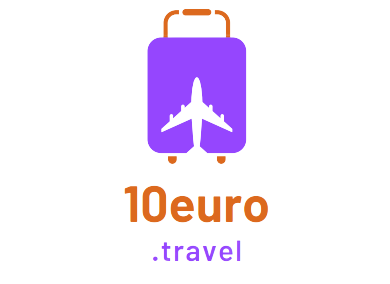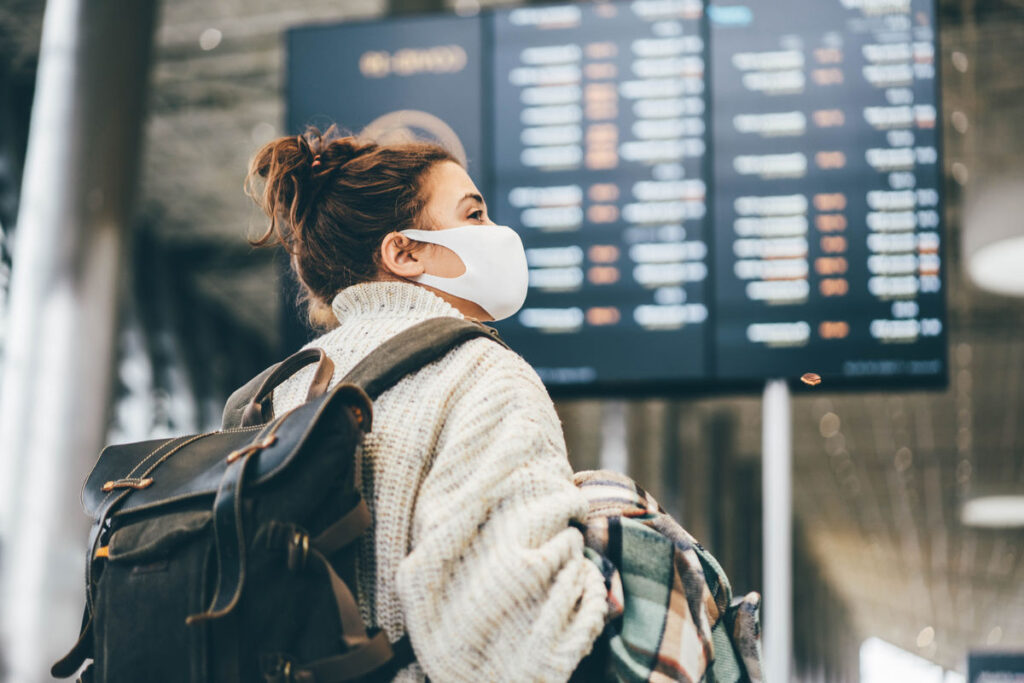No products in the cart.
Travel Guide
Mask Mandate Confusion Spreads Across the U.S.
Last Updated
As if traveling isn’t confusing enough already, it may just have gotten a bit more puzzling for Americans traveling throughout the country. This is in large due to the removal of the federal mask mandate, which was struck down by a federal judge on April 18.
The removal of the federal mask mandate should in theory make traveling a lot simpler by allowing passengers the choice of whether or not they want to wear a mask on any type of public transportation or not.
That includes:

However, things have been the far opposite of simple. Extreme confusion over the use of masks all over transportation hubs in the U.S. is causing devastating chaos and arguments between frustrated passengers and staff members alike.
Varying and contradicting rules are making it almost impossible for passengers to understand which rules are still in place, and what exceptions exist.
An example of the massive confusion is apparent in New York City airport terminals. Passengers at LGA and JFK are still required to wear masks in the airport terminal, before being allowed to remove them once on the plane, but passengers in nearby EWR airport can remain mask-free in the terminal and in-flight.
Many discouraged travelers are finding such rules, such as needing to wear a mask in a large terminal, then being only allowed to remove it once on a cramped plane, baffling.
Another example of how mask rules are varying coast to coast is flying from EWR to LAX. At EWR airport, no mask is needed while in the terminal, nor on the plane, but once the flight has landed at LAX, all passengers will need to put a mask on as they enter the terminal, the only point in their journey that requires this step.

While masks are no longer needed on trains, they are needed in certain train station terminals, like Penn Station for example, while other terminals have removed the requirement. “We’re all confused,” an Amtrak clerk told the New York Daily News as he helped passengers board trains.
Even if we leave the subject of public transportation, there are still perplexing issues around when and where to don a mask. On April 11, Philadelphia became the first major U.S. city to reinstate its indoor mask mandate, telling people that masks would once again be required in all indoor situations like offices, restaurants, and shops.
However, a few days later Philidelphia backtracked and once again removed the indoor mandate on April 22nd.
Confusion is too small of a word to describe what Americans all over the country are feeling.
What we know so far:
The mask mandate has been overruled and is currently no longer in effect, however, the DOJ has officially appealed this ruling. Now, what does that mean for future travelers?

Nothing really at this point. Travelers are not affected by this appeal until a decision by the 11th US Circuit Court of Appeals has been rendered.
Until then travelers won’t have to wear a mask on public transportation unless told otherwise by local and municipal authorities.
All major U.S. airlines, as well as the Amtrak rail system, had declared that they were no longer requiring masks for passengers or employees.
Do I need to wear a mask on a domestic flight?
No. Wearing a mask on a plane is currently optional on all major U.S. carriers for both passengers and crew.

What about in airports?
While most U.S. airports no longer require masks for travelers or staff, some exceptions include New York’s John F. Kennedy International and La Guardia airports and Philadelphia International Airport.
Los Angeles county just reimposed a mask mandate on all their public transportation, including Los Angeles Airport.
Each airport makes its own rules, so it’s possible these requirements could change, and passengers are highly advised to check with every airport they are traveling through.
What if I’m flying internationally?
Face coverings may still be required to or from some international destinations, depending on either that country or the airline’s rules. Currently, all inbound flights to Australia for example require passengers and crew members to wear a face mask, per the request of the Australian Government.

British Airways and Virgin Atlantic, updated their policies on Tuesday to make masks optional on flights to U.S. destinations.
Mask rules onboard vary from country to country. Many nations, including Canada, France, and Germany, for example, still require all travelers to wear masks on planes departing from or arriving in the country. But in other European countries, like Croatia Sweden, Norway, and Iceland, masks will not be required.
Do I need to wear a mask on other mass transit?
It depends. Since the federal transportation mandate no longer holds, public transit systems may set their own rules in accordance with city, county, or state health authorities and passengers must comply with local ordinances.

Ride Shares
Uber and Lyft both announced this week that masks were no longer mandatory in the USA and Canada, but some cities, notably NYC and Los Angeles have kept the rule in place.
The bottom line:
The confusion around mask-wearing throughout the U.S. isn’t likely to subside in the very near future, and individual policies might create more division and uncertainty before a more streamlined process takes place.
All passengers should bring a mask with them, as they might be asked by officials to put it on at any part of their journey, especially when traveling between different cities and states.

READ MORE:
Travel Insurance That Covers Covid-19 For 2022
Masks Officially No Longer Required On Planes in the U.S.
↓ Join the community ↓
The Travel Off Path Community FB group has all the latest reopening news, conversations, and Q&A’s happening daily!

SUBSCRIBE TO OUR LATEST POSTS
Enter your email address to subscribe to Travel Off Path’s latest breaking travel news, straight to your inbox
Disclaimer: Current travel rules and restrictions can change without notice. The decision to travel is ultimately your responsibility. Contact your consulate and/or local authorities to confirm your nationality’s entry and/or any changes to travel requirements before traveling. Travel Off Path does not endorse traveling against government advisories

